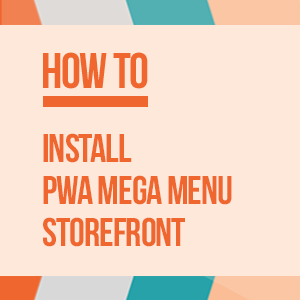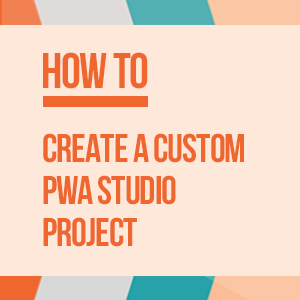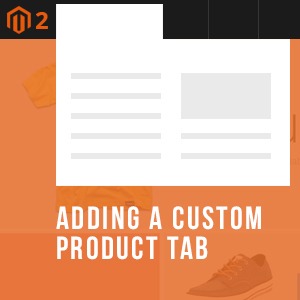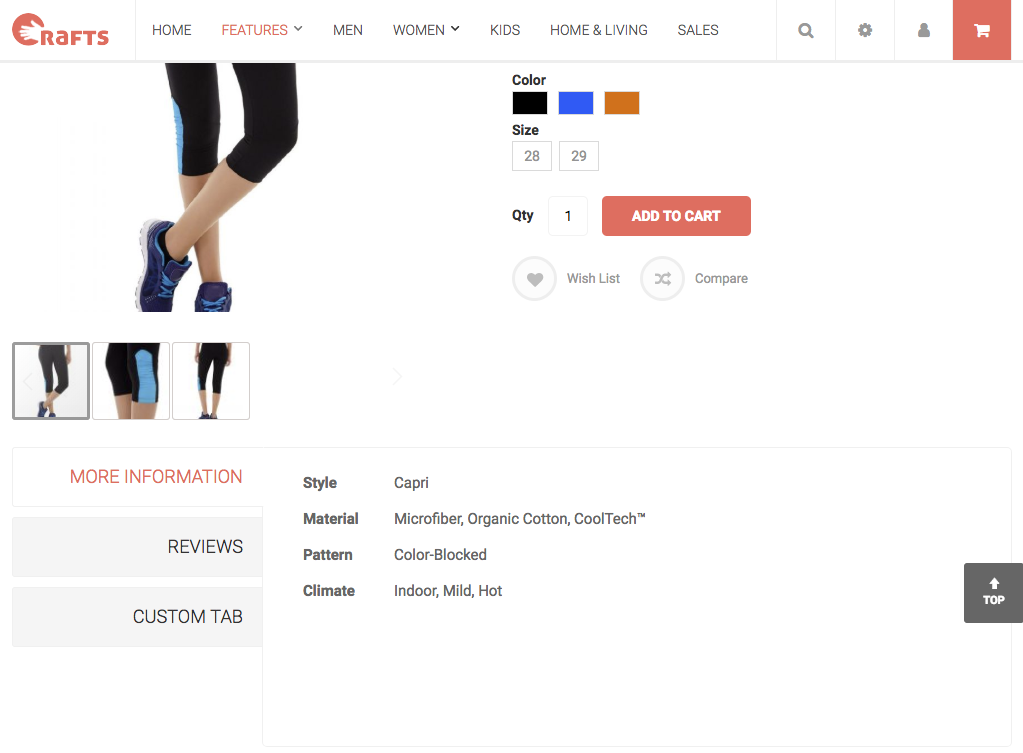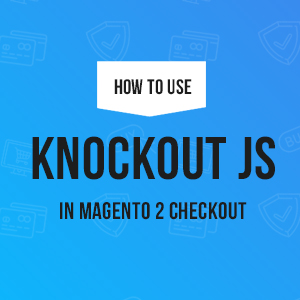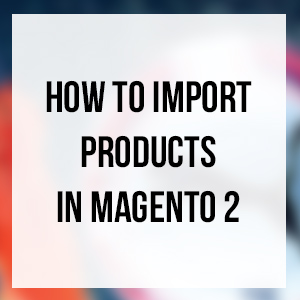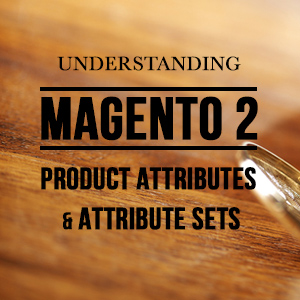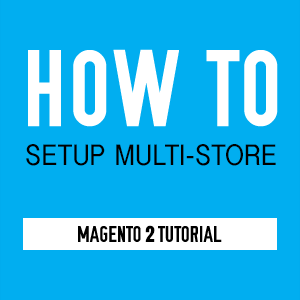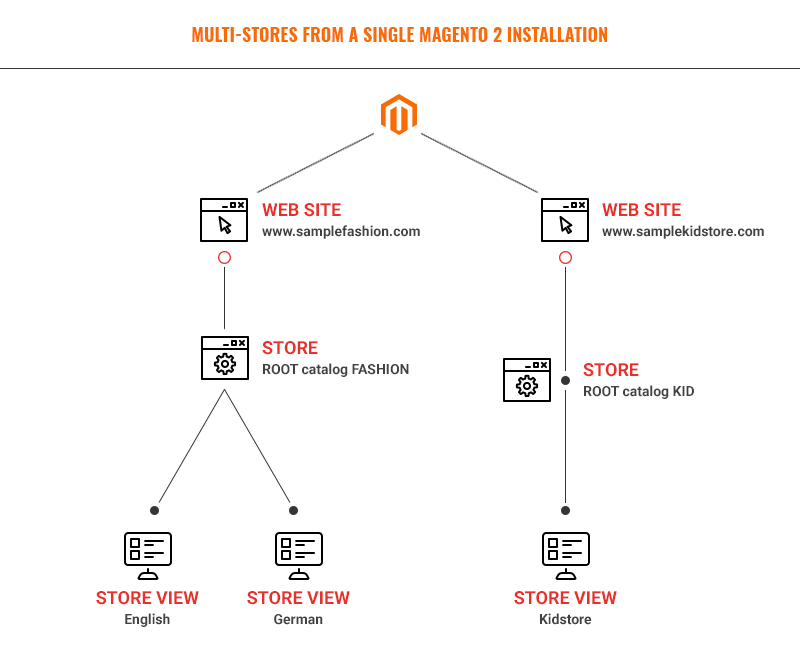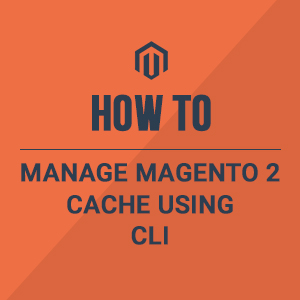In the previous article on Magento PWA Studio tutorial, we walked you through how to have a working copy of the Venia storefront installed and running on top of Magento 2 using @magento/create-pwa command. In this second article on setting up a Magento PWA project, we’ll give you step-by-step instructions for merging our UB Mega Menu storefront into your existing Magento PWA Studio project, so you can get started with your PWA project as quickly as possible.
Before you get started…
If you’re new to UB Mega Menu module and new to Magento PWA Studio in general, get yourself familiar with the following terms first. Continue reading
